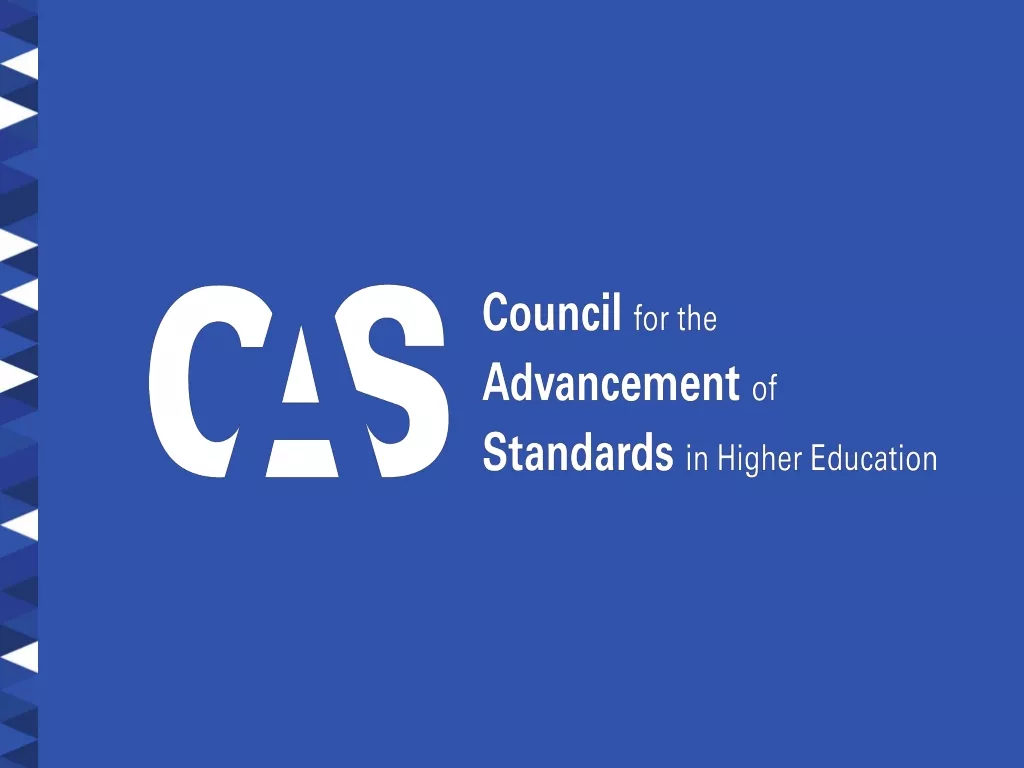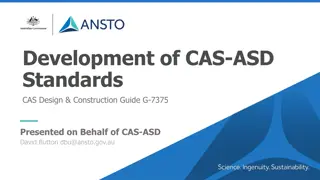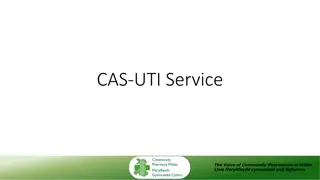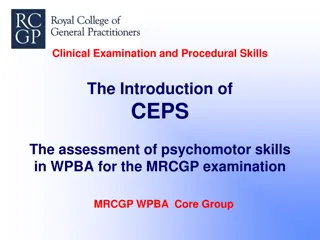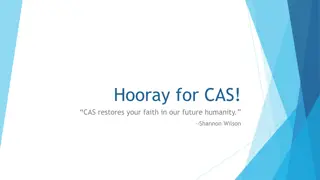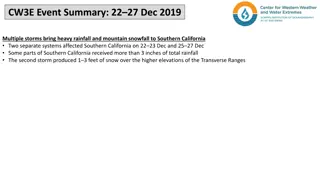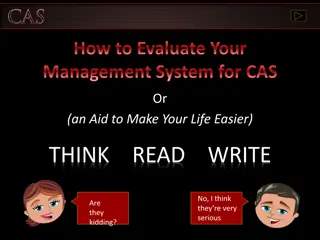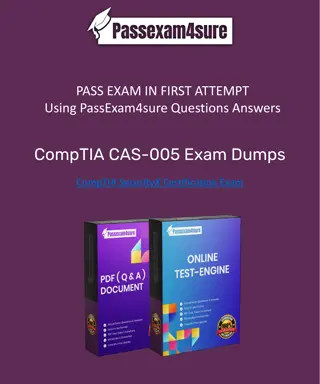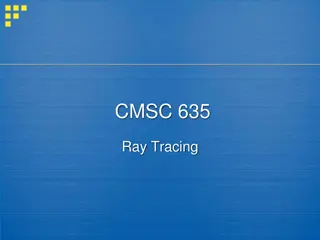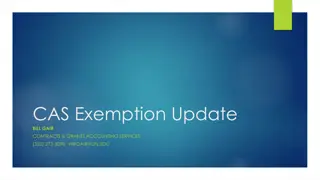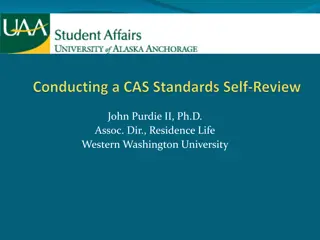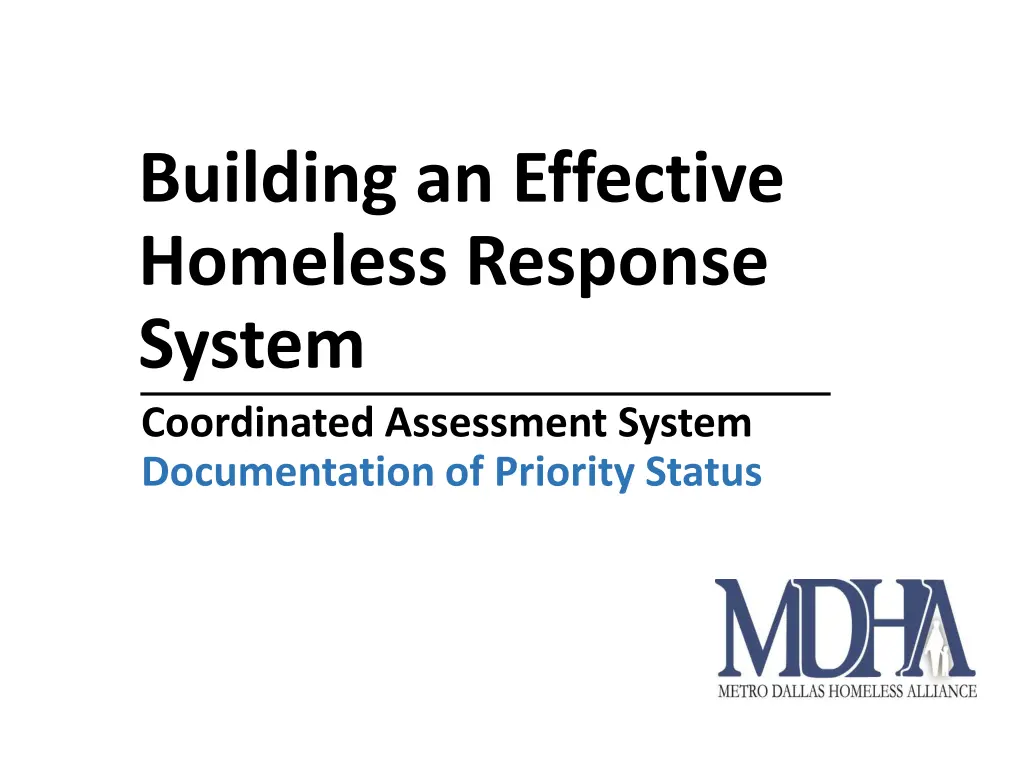
Effective Homeless Response: Coordination and Assessment
Discover the key strategies for building an effective homeless response system, including coordinated assessment, priority status documentation, and various intervention approaches. Learn why addressing homelessness is essential and explore the tools and policies in place to support individuals and families in need.
Download Presentation

Please find below an Image/Link to download the presentation.
The content on the website is provided AS IS for your information and personal use only. It may not be sold, licensed, or shared on other websites without obtaining consent from the author. If you encounter any issues during the download, it is possible that the publisher has removed the file from their server.
You are allowed to download the files provided on this website for personal or commercial use, subject to the condition that they are used lawfully. All files are the property of their respective owners.
The content on the website is provided AS IS for your information and personal use only. It may not be sold, licensed, or shared on other websites without obtaining consent from the author.
E N D
Presentation Transcript
Building an Effective Homeless Response System Coordinated Assessment System Documentation of Priority Status
Starting with Why My Why. Persons should not have to suffer in homelessness when there are solutions at hand
Diversion Permanent Supportive Housing Coordination to Resources Scattered Site w/Support Street Outreach Rapid Rehousing Shelter ENDING HOMELESSNESS Bridge Housing Day Services Employment / Main Stream Benefits Health & Wellness Plan Furniture/ Household Stuff Housing Locator
Diversion Permanent Supportive Housing Coordination to Resources Scattered Site w/Support Street Outreach TRIAGE & CRISIS SERVICES Rapid Rehousing Shelter Bridge Housing Day Services Employment / Main Stream Benefits Health & Wellness Plan Furniture/ Household Stuff Housing Locator
Diversion Permanent Supportive Housing Coordination to Resources Scattered Site w/Support Street Outreach HOUSING FOCUSED CASE MANAGEMENT Rapid Rehousing Shelter Bridge Housing Day Services Employment / Main Stream Benefits Health & Wellness Plan Furniture/ Household Stuff Housing Locator
Diversion Permanent Supportive Housing Coordination to Resources Scattered Site w/Support Street Outreach HOUSING PRIORITIZATION & NAVIGATION Rapid Rehousing Shelter Bridge Housing Day Services Employment / Main Stream Benefits Health & Wellness Plan Furniture/ Household Stuff Housing Locator
Where we are today Uniform Assessment Tool (questionnaire) including VI-SPDAT vulnerability assessment tool for individuals and families that is incorporated into the MDHA Caseworthy HMIS. It generates a Score and Menu of Housing Options based on very basic eligibility criteria VI SPDAT / SPDAT training by Dr. De Jong on how to administer Prioritization Policy in place DOPS Matrix V1 (Priority 1 through Priority 8)
Consistency in Assessing Client Needs ASSESSMENT: 1. Uniform Assessment tool needs to bring in more information other than a VI-SPDAT/SPDAT score and basic eligibility to determine the best housing intervention. The tool is universally and uniformly applied for continuity of measure of severity of service needs. 2. The CoC has adopted basic policies and procedures for prioritization of permanent supportive housing resources considering homeless experience, severity of services needs SEE PRIORITIZATION DOPS MATRIX 3. Assessments should be primarily conducted by unsheltered outreach and emergency shelters services and agencies and must be in the HMIS
Documentation Priority and Eligibility BEFORE Assigning Housing ACCESS and ASSIGNMENT: 1. Assessment processes will include documentation and verifications of homeless status, length of homelessness, disability of severity of service needs prior to housing assignment or being placed on a wait list There will be ONE centralized, dynamic housing priority list for PSH, (subsequent policies in 2016 will determine priority for RRH, TH) 2. Severity of Services needs should also include referral to other community supports especially when housing is not yet available
Chronic Homeless UN ES Safe Haven TOTAL Change Ind/Family 2015 164/0 399/29 23 615 26%+ 2014 92/7 356/22 12 489
Goals for Housing Chronically Homeless 1. Verified, document/application ready Chronic Homeless will be placed into housing before others with less severe needs until we reach at least 85% utilization of PSH. Current rate was just under 72%. 2. Housing utilization of CoC funded programs will be improved. Current rate is 78%
Documentation of Priority Status DOPS WHY? 1. Assure the most expensive resources are target to persons with the longest lengths of stay in homelessness and with the 2. They are documented appropriately and consistently and eligible before assigned housing 3. HUD monitor proof. CoC Program Grantees no repay grant funds. 4. Dramatically improving the accuracy of the count of persons experiencing chronic homelessness in the HMIS 5. Ability to use a by-name list to target clients to end chronic homelessness 6. Demonstrate that the CoC has taken significant steps to improve the system of care, target the vulnerable, and reduce chronic homelessness.
Documentation of Priority Status DOPS all in HMIS/CAS system 1. Documentation of Homeless Status How long homeless and proof of homelessnesswithin and outside the CoC Do they meet the definition of Chronically Homeless 2. Documentation of Disability What physical, mental health or behavior health conditions exist that are of a persistent nature and preventing a client and Proof of disabling condition 3. Documentation of Household Status Are their children under the age of 18 in the household Who is the Head of Household? Are THEY chronic? 4. Documentation of Special Sub Population Status Are you a veteran, what is the discharge status and are you VA eligible or ineligible Youth, HIV AIDS
Case Manager Seeking Housing Solution for Client Documents Homelessness VI-SPDAT (homeless 14 -180 days) 2 1 Case Manager Gathers Documentation of Disability and Homelessness SPDAT over 180 days 4 3 Attach Request CAS Documentation of Priority Status DOPS from the CAS office via email Documentation to client record in HMIS 6 5 CAS researches and provides Priority Status Classification with signed DOPS form Client is now on the Central Housing Priority List
Housing Priority List Published on BASECAMP from HMIS reports Requires HMIS security training level to view Managed by MDHA CAS Updated every 7-14 days Ordered by Priority (P1, P2, P3, etc.) Anticipated that CoC Funded Programs must take folks from this list beginning no later than February 15 but encourage NOW from the first list:
Basecamp.com Priority Housing List Outreach Workers and Emergency Shelter workers POPULATE the list Housing Providers take folks OFF the list
Housing Priority List How do you coordinate housing assignment of 300 + people on a waiting list to a handful of turn over beds each month? Gatekeeping. CAS is a centralized function. When a bed turns over the HOUSING agency fills it from the list Replaces passive referral system
Steps to Prioritization Step 1: Collect The Documentation Step 2: Upload The Data Critical Documents Step 3: Request The DOPS Upload the documentation into HMIS Establish Homelessness Step 4: Process The DOPS Email Request to Coordinated Assessment Staff Step 5: Priority LIST Document Disability Coordinated Assessment Staff to process documentation, assign priority status and notify case manager Cooperation between SO, SH, ES completed DOPS form to housing
DOPS Tools DOPS Tools Documentation of Homelessness Documentation of Disability DOPS request form


